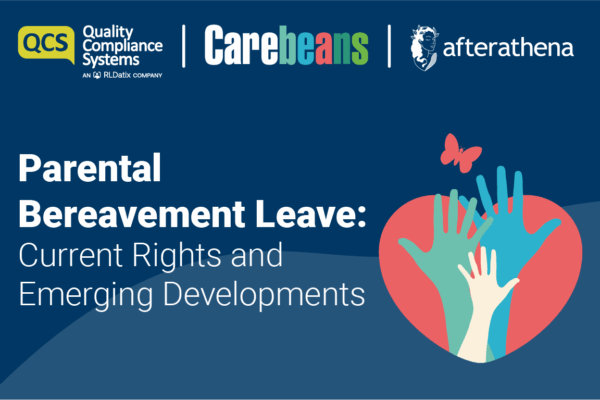
There is a consultation process going on at the moment looking at a major reform of the Mental Health Act. I wrote about the terms of reference for this at the end of last year. These terms include a number of areas of concern as to how the Act operates. You may be thinking the Act was only changed as recently as 10 years ago, but as many have commented this only made a small number of significant changes to the Act of 1983, and that Act was very similar to the Act of 1959. So much of the world of mental health and society generally has changed since then that this legislation looks and sound old-fashioned. Nothing more so than the concept of the nearest relative, which is one of the areas that the review of the Act will focus on.
I’ve written before about the status and role of the nearest relative but in this article I want to look at why it is fraught with difficulties and how it might change. So just to remind ourselves if you are a patient subject to certain sections of the Mental Health Act your nearest relative has a number of rights regarding your detention in hospital. There is a rank order of who can qualify as your nearest relative. It is not the same as someone’s next-of-kin. There is no legal definition of a next-of-kin. That is someone you choose to be informed, for example, if you go into a general hospital.
So What is Wrong With the Idea of Your Nearest Relative in Mental Health Law, and Why Might it Have to Change?
A professional role: The nearest relative has a number of critical powers. They can make an application for you to be detained in hospital (this is a role in the vast majority of cases taken up by an approved mental health professional), can object to your detention or order your discharge. They have a right to be informed about your detention. So all of these are important powers for someone who has no training in law or mental health issues.
Defining the nearest relative: Trying to identify who is someone’s nearest relative can be very complex. This is usually the role of the approved mental health professional but they may be relying on information from others. So here are some examples of the complexity:
- Someone’s uncle or aunt could be their nearest relative; they are ranked at letter (g) in a list from (a) to (h). However, if your aunt is the wife of your mother’s brother, then they do not qualify – because they are not blood relatives
- Cousins don’t count at all
- An unmarried father is not a relative of his child unless he has parental responsibility
- If a patient is resident in the UK but their relative is not normally resident in the UK, then that relative is discounted from the rank order.
So you see what level of detective work might be involved in identifying someone’s nearest relative. You can also see how changing patterns of family life in the last 50 years means that the current list of how to qualify as someone’s nearest relative needs updating.
You cannot choose your nearest relative: You can see the risks attached to this. Your nearest relative may not have your best interests at heart. Worse still your nearest relative may have subjected you to some form of abuse. Now there are safeguards built into the Act by which someone deemed to be unsuitable can be displaced as the nearest relative. A patient may apply to the County Court in order to do this. However, this can be a daunting process that may be contested. You can contrast this with how other mental health laws manage the problem of having a nearest relative you don’t want. The Mental Health (Care and Treatment) (Scotland) Act 2003 makes provision for nominating someone else other than your nearest relative to act as such – what it calls a ‘named person’.
Conflicting human rights: One of the important rights that a nearest relative has, is to be consulted prior to admission. You can see here how there might be potential conflict with a patient’s right to private life and confidentiality, part of Article 8 of the European Convention on Human Rights. The nearest relative has a right to be consulted under one law, the patient has a right for them to be not informed under another. These are matters that have been considered in case law and present some real dilemmas for staff. Approved mental health professionals may be able to state that, where consultation with a nearest relative would interfere with a patient’s rights, then it would not be reasonably practicable to consult with that relative. Remember at the point of admission to hospital for someone who has not been subject to the Mental Health Act before they will not have had the opportunity to apply to a court to have a nearest relative displaced. Of course, this potential conflict is not unique to the Mental Health Act. Relatives who have been providing care for someone feel rightly they should be consulted and informed about their loved ones. The terms of reference in the review say this an area of law that should be strengthened.
The most caring relative: The idea of vesting power in one relative means that views of other relatives involved in the care of someone may be bypassed. Section 26 of the Mental Health Act, which describes the rank order of relatives, states that if someone is regarded as the caring relative, they may jump above someone else on the list. Now trying to decide on one caring relative can be problematic. There may be a number of relatives involved in providing emotional and practical support to someone. They may have different views about the person’s best interests. Again this makes life difficult for an approved mental health professional in trying to identify the one nearest relative.
If you are supporting someone who may be subject to the Mental Health Act can you be sure who their nearest relative is?





